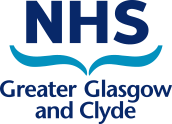Key messages:
- The Valproate Pregnancy Prevention Programme (Prevent) Guide for Healthcare Professionals was updated in January 2024. Refer to Updated Valproate Regulatory Measures.
- MHRA Drug Safety Update September 2024, recommends, as a precaution, that male patients on valproate use effective contraception (condoms, plus contraception used by the female sexual partner) throughout the valproate treatment period and for 3 months after stopping valproate.
- Topiramate is now also contraindicated in pregnancy and in women of childbearing potential unless the conditions of a Pregnancy Prevention Programme are fulfilled. As topiramate is classed as an enzyme-inducer, not all contraceptive methods are suitable.
- This updated blog provides local expert advice to assist decision making on contraceptive methods.
